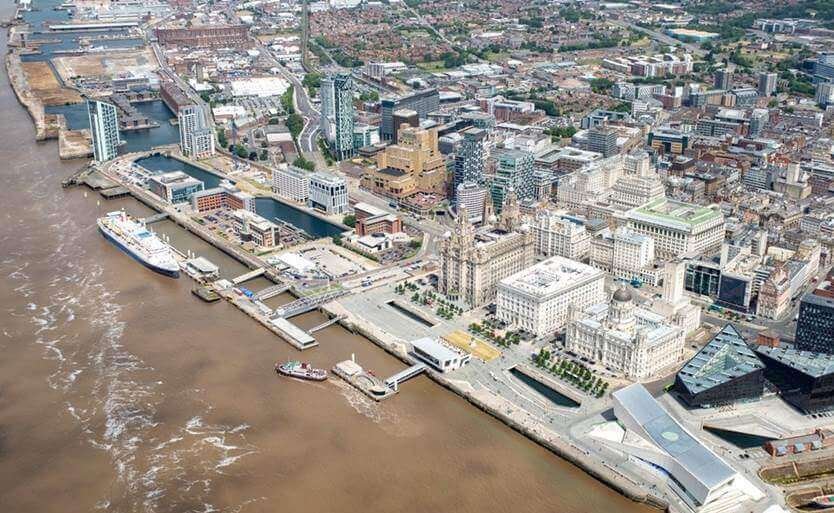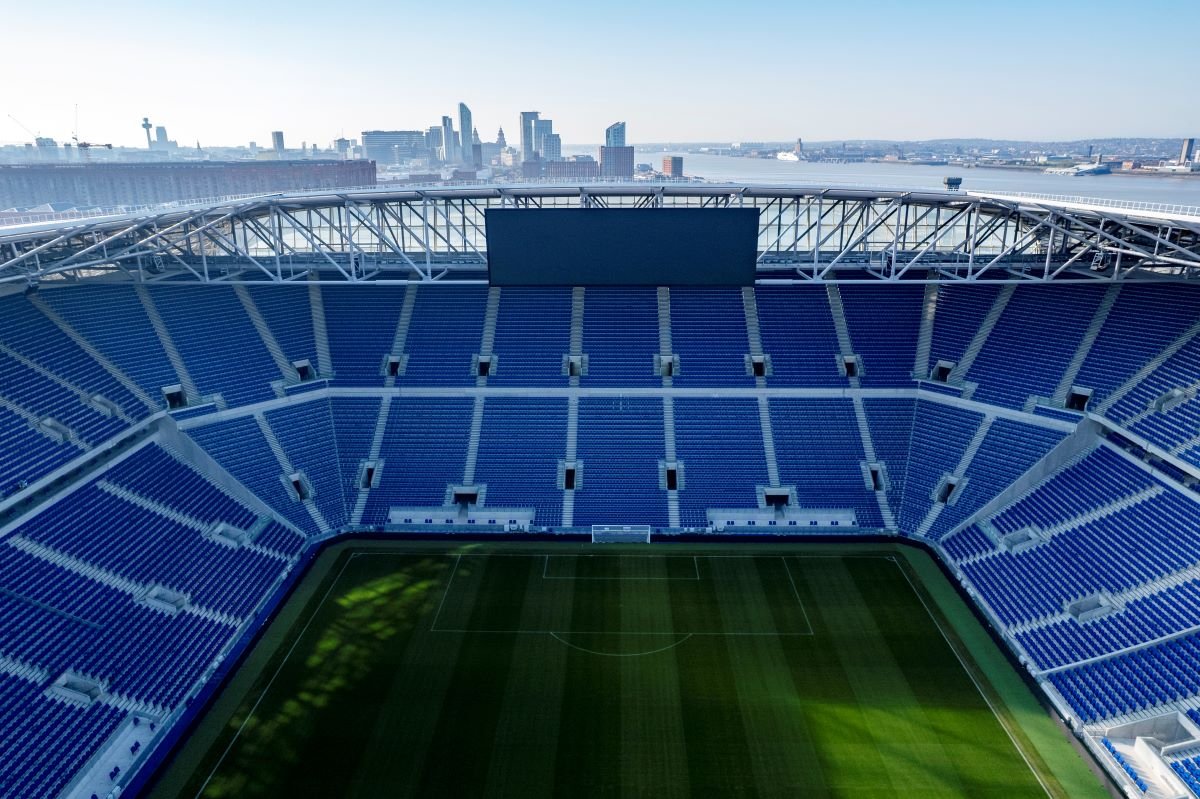Liverpool has set out a plan to retain its World Heritage status – as new figures show almost £3bn has been invested to upgrade the city’s historic site over the past decade.
Liverpool City Council has drafted a new Desired State of Conservation Report (DSOCR) for the UK Government to submit to the World Heritage Committee ahead of its 44th annual session in late June.
The draft DSOCR, which is referred to in a council report to Cabinet next Friday (20 March), has been sent to the DCMS for state approval and submission. It sets out a range of actions in response to UNESCO’s consideration to delete Liverpool from the World Heritage list.
Liverpool City Council and Peel L&P are working together to protect the Outstanding Universal Value (OUV) of Liverpool’s World Heritage Site (WHS) – specifically around Peel L&P’s £5bn Liverpool Waters scheme and have sought advice from Historic England and other key partners.
The Cabinet report comes as new analysis shows more than £2.6 billion has been invested, by both public and private sector, into historic assets within the six character areas of the WHS and its Buffer Zone in the past decade.
This investment includes the upgrade of 59 listed buildings, such as the current refurbishment of the Liver Buildings, and a further 60 other historic buildings. More than 25 of these buildings have received council financial assistance, such as the Aloft Hotel, the award-winning Central Library and Stanley Dock.
Over a similar period Buildings at Risk have dropped to less than 2.5% of building stock, far below the UK national average.
The draft DSOCR focuses on how the city aims to balance its projected population and economic growth over the next 15 years, which will see the creation of 35,000 new homes and 30,000 jobs, whilst protecting its World Heritage Site (WHS).
One of the areas of concern, as perceived by UNESCO, is the nature of proposed development in areas of the £5bn Liverpool Waters scheme, which already has outline planning permission granted in June 2013.
However, the draft DSOCR shows that proposals have since been reviewed in line with UNESCO’s own ‘Historic Urban Landscapes (HUL)’ guidance, with development based around a new central park.
And on Wednesday, March 25 the city is set to launch a new vision for Liverpool’s North Shore which will unite the plans for Liverpool Waters and the Ten Streets district for the first time – with a set of new guidelines on developments.
LIVERPOOL’S WORLD HERITAGE STATUS PLANS
Produce a Management Plan for the World Heritage Site. Completed and approved by LCC Cabinet in May 2017.
•Provide regulatory Planning documents to protect the WHS Property – the Liverpool Waters Neighbourhood Masterplans, the WHS management Plan are completed. Liverpool’s Local Plan set to be adopted this Autumn.
•To produce a new WHS Supplementary Planning Document. In progress
•Develop a skyline policy for tall buildings as proposed in the city’s Local Plan. This work is in progress.
•Provide clear urban design guidelines as proposed in the city’s Local Plan. In progress. A public realm strategy has been commissioned in 2019
•Implement the Ten Streets Spatial Regeneration Framework. Completed and adopted by Cabinet in February 2018.
•Future management of the WHS Property potentially through the creation of a new Trust. A review of the options for managing the WHS will be undertaken later in 2020.
•Develop and implement a WHS Interpretation and Communication Strategy building on the first WHS ‘Hub’ at RIBA North Centre, including use of the City’s Digital Model. In progress – a WHS website was launched in April 2019.
As a further measure, since 2015, every development proposal that has the potential to affect the OUV is accompanied by an ICOMOS compliant Heritage Impact Assessment. These detail the significance of the asset/s that may be affected, the nature of that impact and, where appropriate, how any harmful impacts can be mitigated.
Liverpool is also developing a Public Realm Strategy, which will incorporate the WHS. This is scheduled to go to public consultation in the summer.
Mayor Joe Anderson, who set up an independent Task Forceto forge a positive debate with the UK Government and UNESCO, said:
This draft plan shows very clearly how much Liverpool has listened to UNESCO’s concerns around our north docks and the lengths we have gone to use their guidelines to help shape their future.
“Liverpool’s maritime heritage is a fundamental part of our city and a great source of pride. That’s why almost a phenomenal three billion pounds has been invested by the public and private sector to improve our World Heritage Site. The truth is it’s never been in a better condition and is a world away from when we got the status in 2004.
“The issue of deletion is about a very small section of one element of the site. It just so happens these docks have been neglected for the past 50 years and lie within one of the poorest wards in the UK.
“This draft DSOCR report shows in great detail how much work has gone in to balancing the needs to grow this dilapidated part of the city whilst protecting our World Heritage Status – and I think we’ve now found a way forward which marries them together.
“This has been a delicate task and has involved all the major city stakeholders working together to understand very specific planning issues and creating solutions that work for the city and UNESCO. I thank everyone for their hard work and trust UNESCO will see how far the outline plans in 2013 which clearly worried them have evolved and changed to today.”










